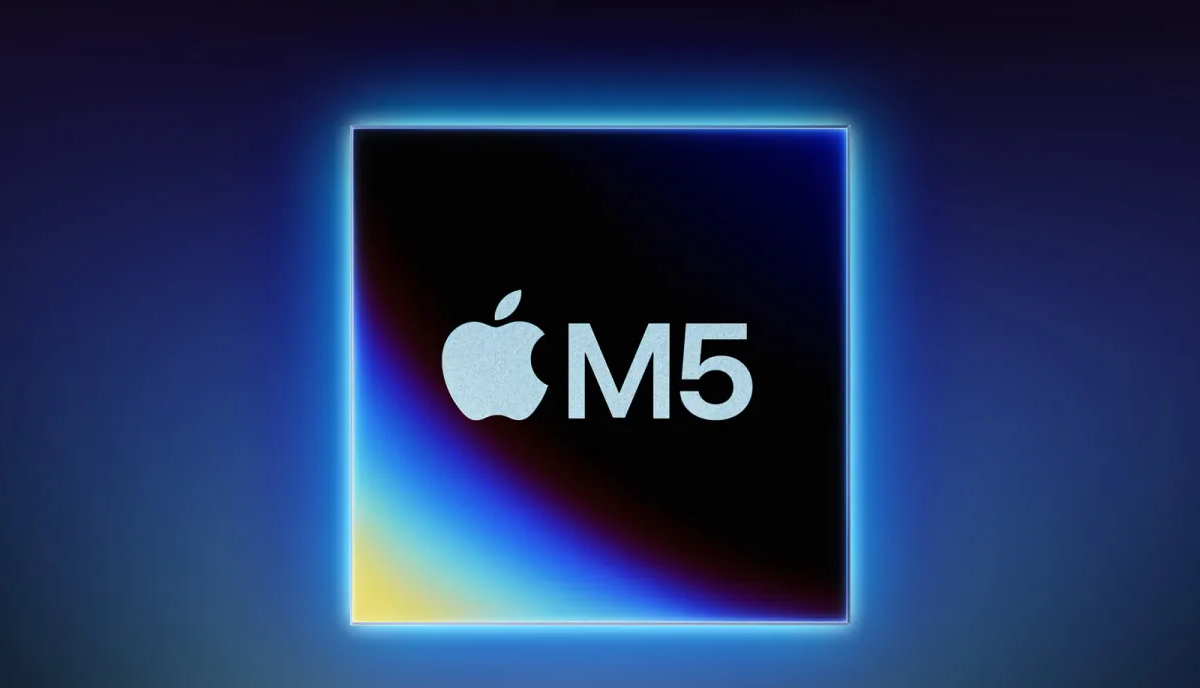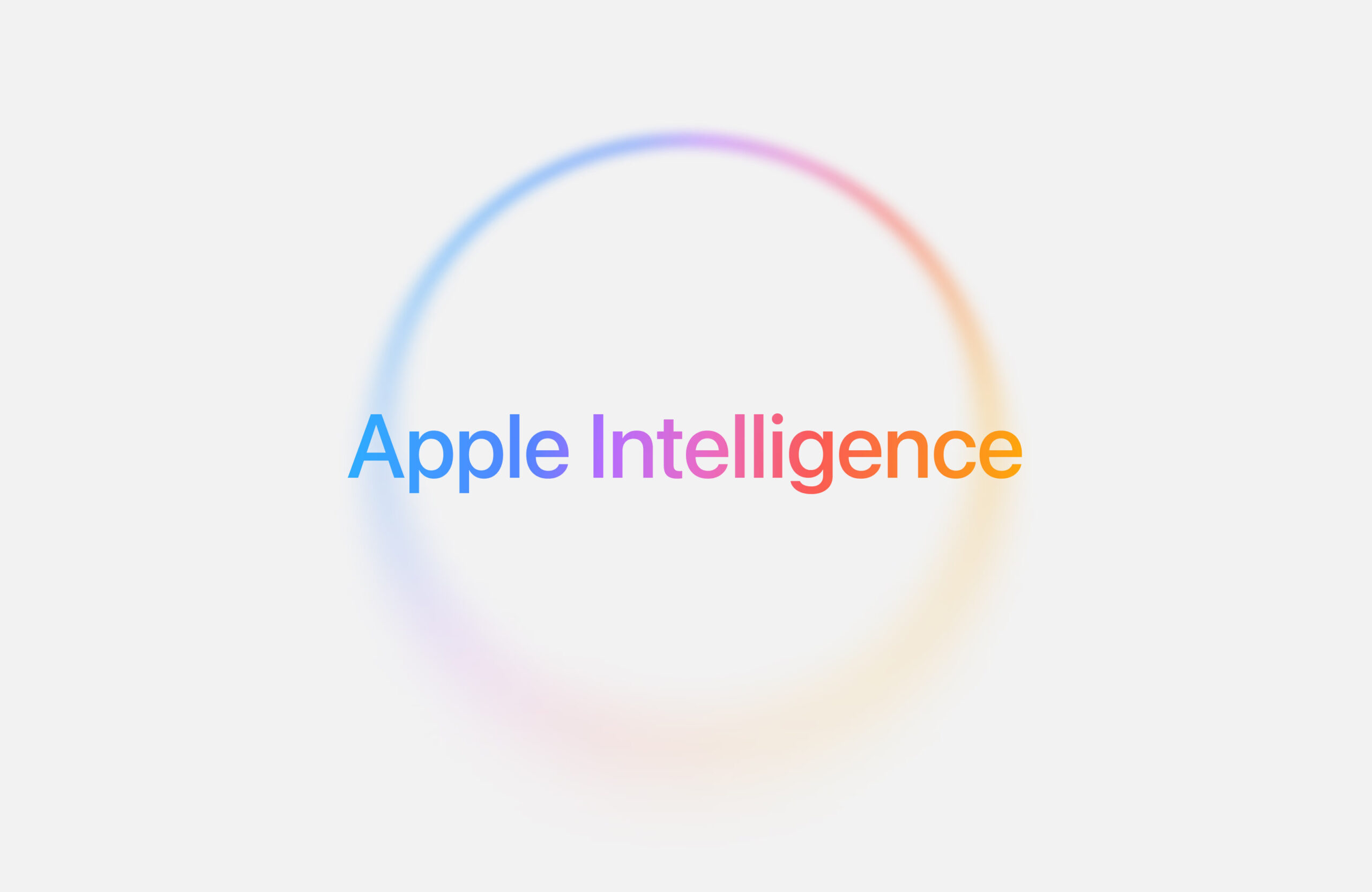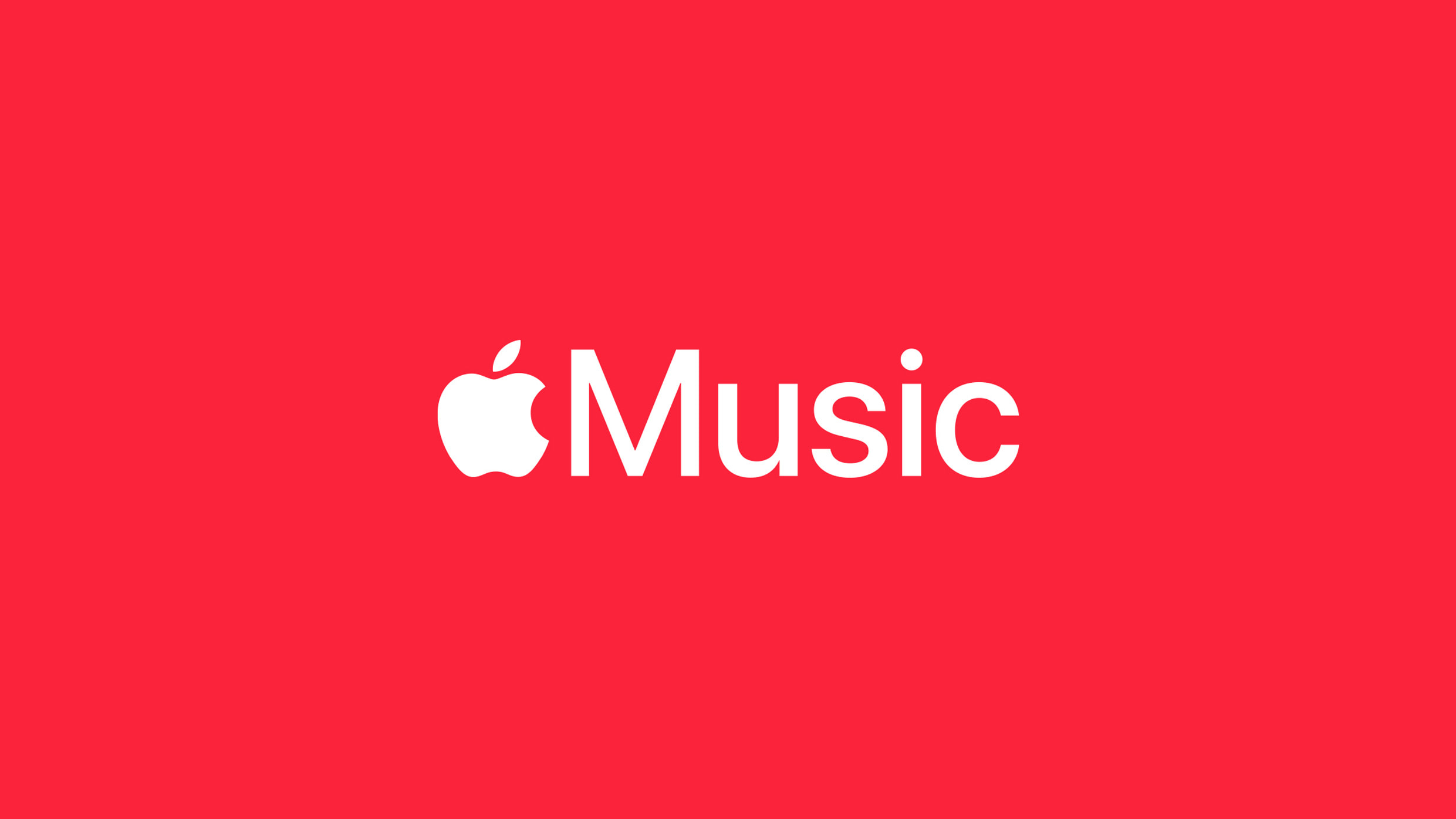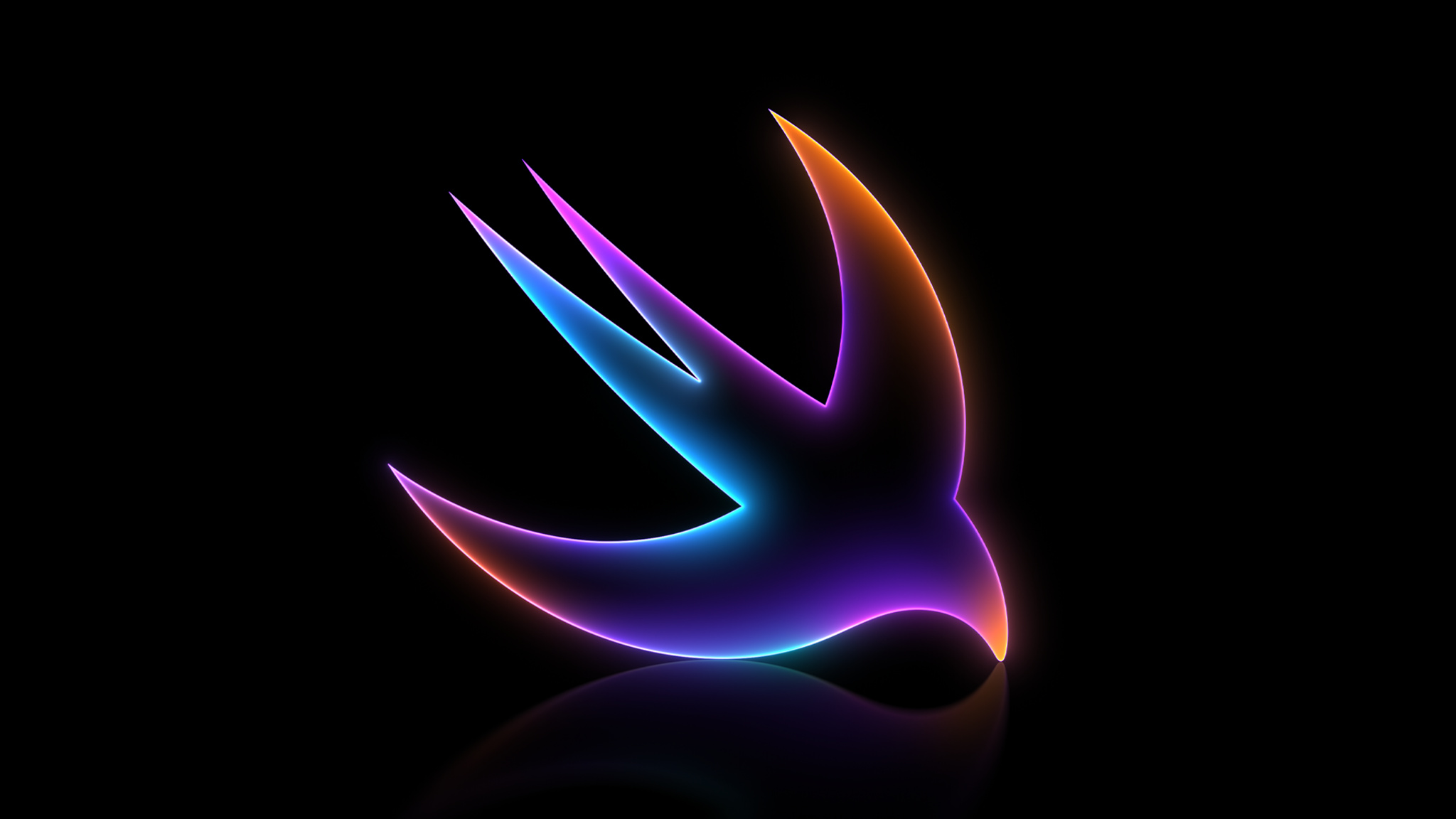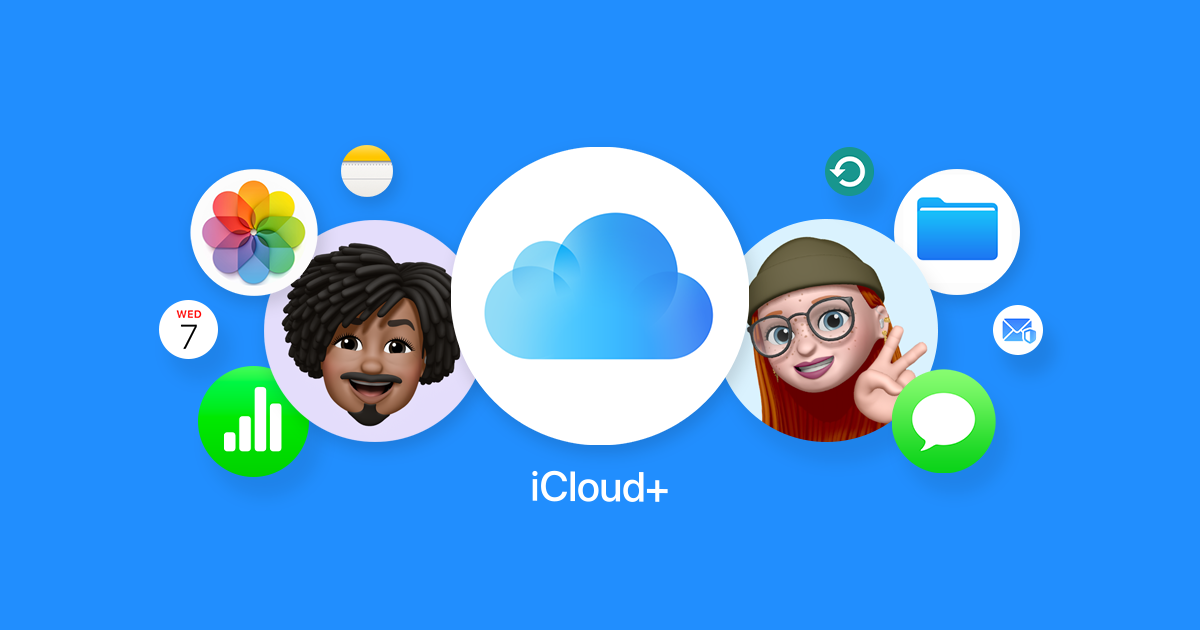Apple has kicked off the production of its latest M5 chip, according to reports from South Korean sources. This new chip could show up in devices as early as this year.
The process of putting together the M5 chip began last month, as noted by ET News. This final step, called packaging, comes after the chip is made and involves protecting it and connecting it to other parts of a device.
Apple works with a company called TSMC to make the chips on special silicon discs. After that, other companies, like Taiwan’s ASE Group, America’s Amkor, and China’s JCET, handle the packaging. Reports say ASE started first, with the others set to follow one by one.
Right now, the focus is on making the basic M5 chip, not the more powerful versions like the M5 Pro, M5 Max, or M5 Ultra. The companies involved are also building new facilities to help produce these higher-end models later.
The M5 chip is expected to have a better design based on ARM technology and is being made using TSMC’s advanced 3-nanometer method. Apple chose not to use an even newer 2-nanometer process, likely to keep costs down. However, the more advanced M5 versions will still be a big step up from the current M4 chips, thanks to a special stacking technique called System on Integrated Chip (SoIC).
This stacking method layers the chips on top of each other, which helps manage heat better and reduces power loss compared to flat designs. Apple is also teaming up with TSMC on a new version of this stacking that uses a mix of materials, including carbon fiber, for even better results.
The first device to get the M5 chip is likely to be a new iPad Pro, expected to start production in the second half of next year, according to analyst Ming-Chi Kuo. Here’s when other devices might get the M5:
- iPad Pro: Late 2025 or early to mid-2026
- MacBook Pro: Late 2025
- MacBook Air: Early 2026
- Apple Vision Pro: Fall 2025 to Spring 2026
Hints of the M5 chip have already been found in Apple’s official code. Reports also suggest the chip’s design will help power both regular devices and Apple’s AI servers, boosting performance for both everyday users and cloud services.
